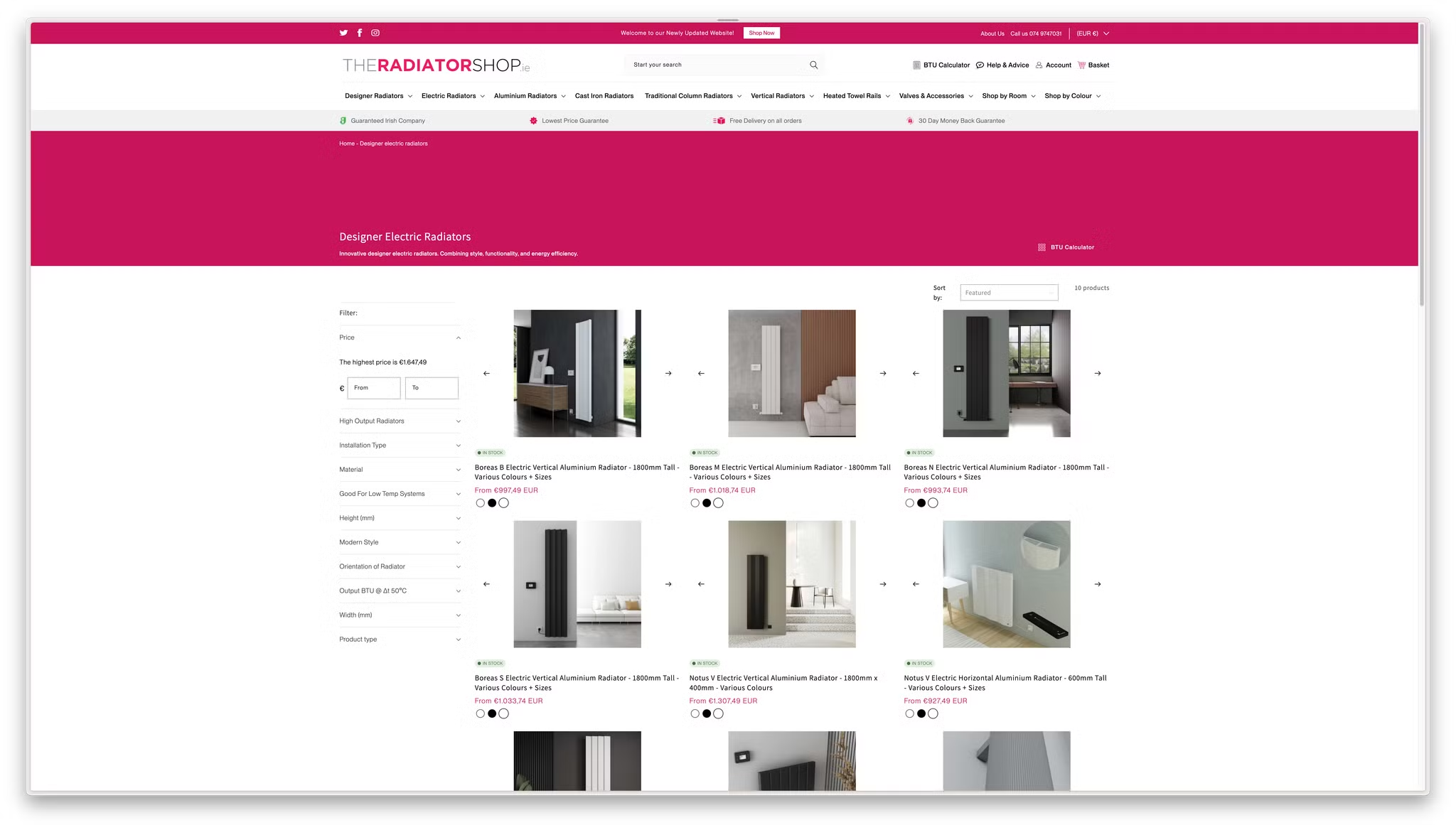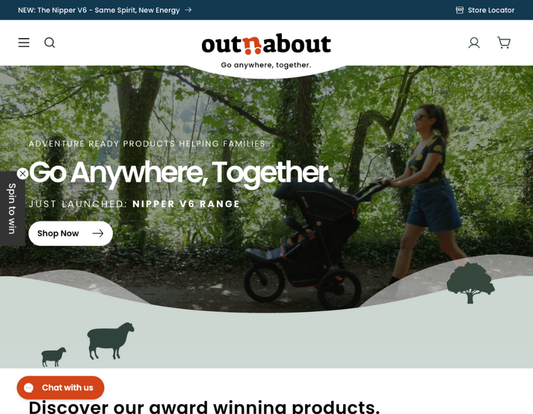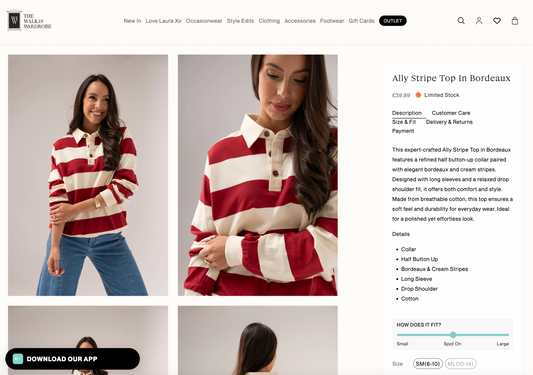A well-optimised collection page is not only crucial for enhancing user experience but also plays a significant role in improving your site's SEO. Collection pages serve as a central hub for your products, making them an ideal place to target non-branded keywords that can drive organic traffic.
Here’s why focusing on SEO for your Shopify collection pages is essential:
- Increased Visibility: Collection pages often rank better in search engine results compared to individual product pages. This is because they provide a broader overview of related products, which can attract more visitors searching for specific categories or types of items.
- Targeting Non-Branded Keywords: Unlike product pages, which typically focus on branded keywords, collection pages allow you to target a wider range of non-branded keywords. This can help you capture a larger audience looking for specific product types, such as "summer dresses" or "organic skincare".
- Enhanced User Experience: Well-structured collection pages improve navigation, making it easier for customers to find what they’re looking for. This not only reduces bounce rates but also increases the likelihood of conversions, as users can quickly browse through relevant products .
- Scalability: Collection pages are scalable and can be created for various occasions or themes, allowing you to expand your product offerings without overwhelming your site’s structure. This flexibility makes it easier to adapt to changing trends and customer preferences .
- Internal Linking Opportunities: Collection pages can facilitate better internal linking throughout your site, which helps search engines crawl and index your content more effectively. This can boost the authority of your pages and improve overall SEO performance .
By incorporating the following seven essential elements into your Shopify collection pages, you can maximise their SEO potential and create a more engaging shopping experience for your customers.
1. Breadcrumb Navigation
 Breadcrumbs are a navigational tool that helps users understand their location within your site’s structure. They typically appear at the top of the collection page and look like this:
Breadcrumbs are a navigational tool that helps users understand their location within your site’s structure. They typically appear at the top of the collection page and look like this:
Home > Women’s Clothing > Dresses
Including breadcrumbs allows customers to easily navigate back to previous categories or the homepage, enhancing their overall shopping experience. Additionally, breadcrumbs can improve your site’s SEO by providing search engines with a clear understanding of your site’s hierarchy.
2. Title
The collection title should be prominently displayed at the top of the page. This title should be descriptive and reflect the contents of the collection. For example, if you have a collection of summer dresses, the title should simply be “Summer Dresses.” A clear title not only helps customers quickly identify the collection but also plays a role in SEO by including relevant keywords.
3. Short Description

Accompany the title with a concise, engaging short description that summarises what the collection offers. This description should highlight unique selling points and entice customers to explore further. For instance: “Explore our vibrant collection of summer dresses, perfect for any occasion, from beach outings to garden parties.”A well-crafted short description can capture attention and encourage visitors to browse the products within the collection.
4. Long Description

Beneath the product grid, include a more detailed long description of the collection. This section allows you to provide additional context about the products, such as materials, styles, and care instructions. It’s also a great opportunity to incorporate relevant keywords for SEO purposes.For example: “Our summer dresses are made from lightweight, breathable fabrics designed to keep you cool and comfortable. Available in a variety of styles and colours, these dresses are perfect for any summer event.”
5. FAQs
Including a Frequently Asked Questions (FAQ) section can significantly enhance the customer experience. Address common queries related to the collection or specific products, such as:
- What sizes are available?
- How do I care for my dress?
- What is your return policy?
By providing clear answers, you can reduce customer service inquiries and help potential buyers make informed decisions.
6. About the Company
A brief section about your company can help build trust and credibility with your customers, and is a great opportunity to share your brand’s story, values, and any relevant certifications or awards.
For instance, a fashion brand may include something like, “At , we are committed to providing high-quality, stylish clothing that empowers individuals to express their unique style. Our dresses are ethically sourced and crafted with care.”
This information not only fosters a connection with your audience but also reinforces your brand’s identity.
7. Filtering and Sorting
Robust filtering and sorting options are essential for helping customers navigate large collections. Consider implementing filters such as:
- Size
- Colour
- Material
- Price range
- Brand
These filters should be easily accessible, typically located in a sidebar or dropdown menu. Additionally, provide sorting options like:
- Price (low to high/high to low)
- Newest arrivals
- Best-selling
- Customer ratings
By enabling customers to customise their shopping experience, you can enhance satisfaction and increase the likelihood of conversions.
Conclusion
By incorporating these seven essential elements into your Shopify collection pages—breadcrumb navigation, title, short and long descriptions, FAQs, company information, and filtering and sorting options—you can create a user-friendly, informative, and conversion-optimised shopping experience.
Also, be sure to regularly review and update your collection pages to ensure they remain relevant and effective.
If you need some help with this, or want to get in touch about something else related to Shopify, you can get in contact with us via our website.
We also send out tips and tricks in our newsletter Shopify Insider. Sign up to that here so that you don’t miss out on any more expertise in achieving higher conversions.




